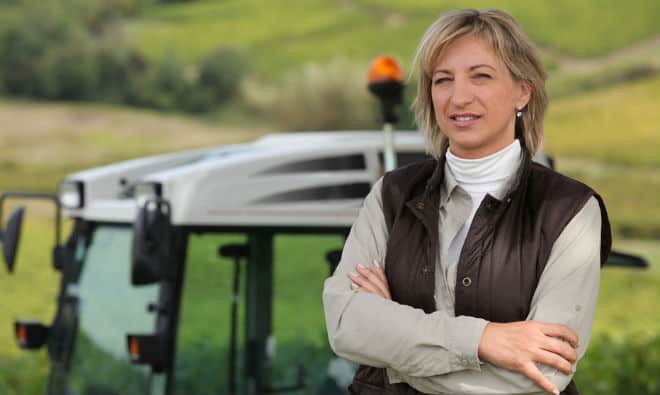In April 2013, the United States Department of Agriculture (USDA) released a report on women’s role in agriculture in the United States, “Characteristics of Women Farm Operators and their Farms.” The report used census data from 1978 through 2007, and “provides detailed information about women farmers and the types of farms they operate.” Overall, the report shows, women farmers are small farmers: “Farms with sales less than US$10,000 now account for 78 percent of the farms operated by women, up 16 percentage points from 1982.” In fact, only five percent of the 306,200 women-operated farms in 2007 had sales of US$100,000 or more.
The number of women-operated farms increased between 1982 and 2007 by 152 percent, bumping the percentage of women-operated farms from five percent to 14 percent of all U.S. farms. In contrast, the number of men-operated farms dropped by 220,800 in the same span of time; though some of this shift in numbers for men and women farmers can be attributed to “methodological changes in the Census of Agriculture.”
Women farmers are on average 59 years old, a number that is fairly even with men farmers, who average 57 years. And while “few younger [male] farmers enter farming relative to the larger population of older existing farmers,” the report also notes “the number of women entering farming exceeds the number exiting.” The report also shows that, compared to their male counterparts, women farmers are more highly educated (31.9 percent completed college and beyond), and rely more often on off-farm income. The report finds that, despite overall negative returns for small women-operated farms, “nevertheless, the number of women-operated farms has grown over the years.”















